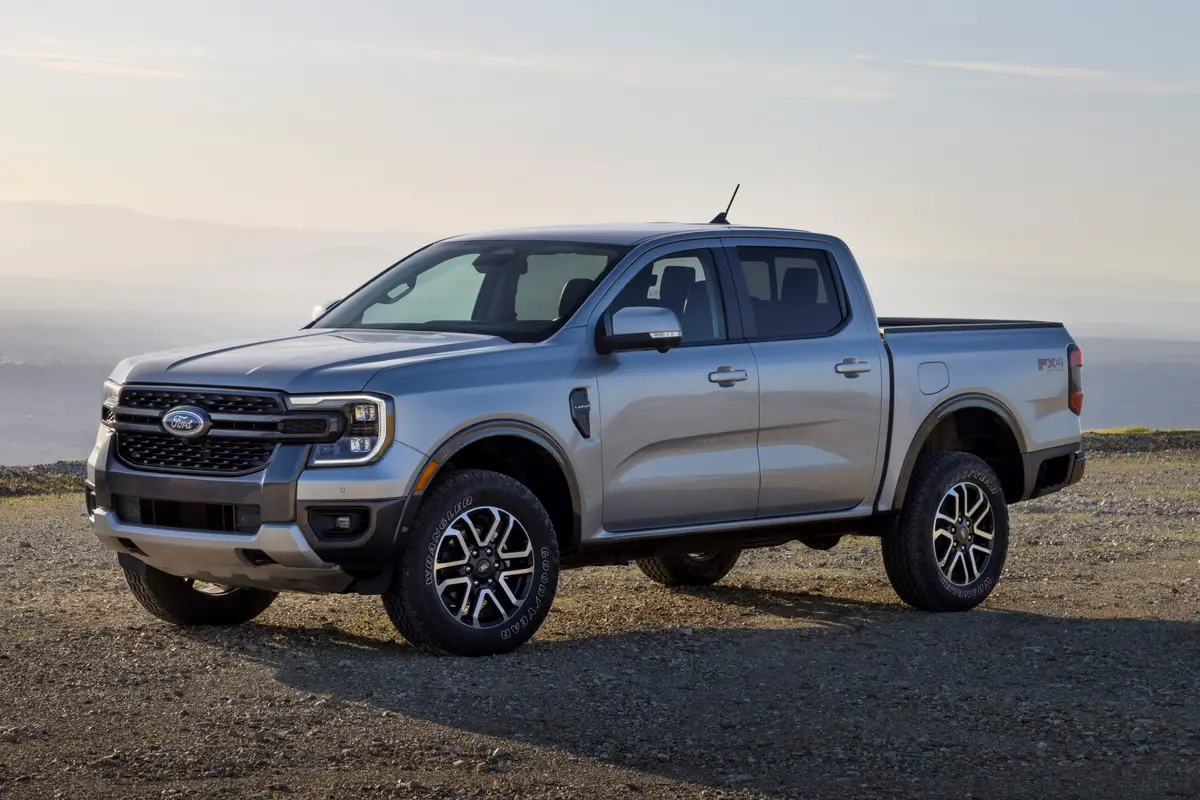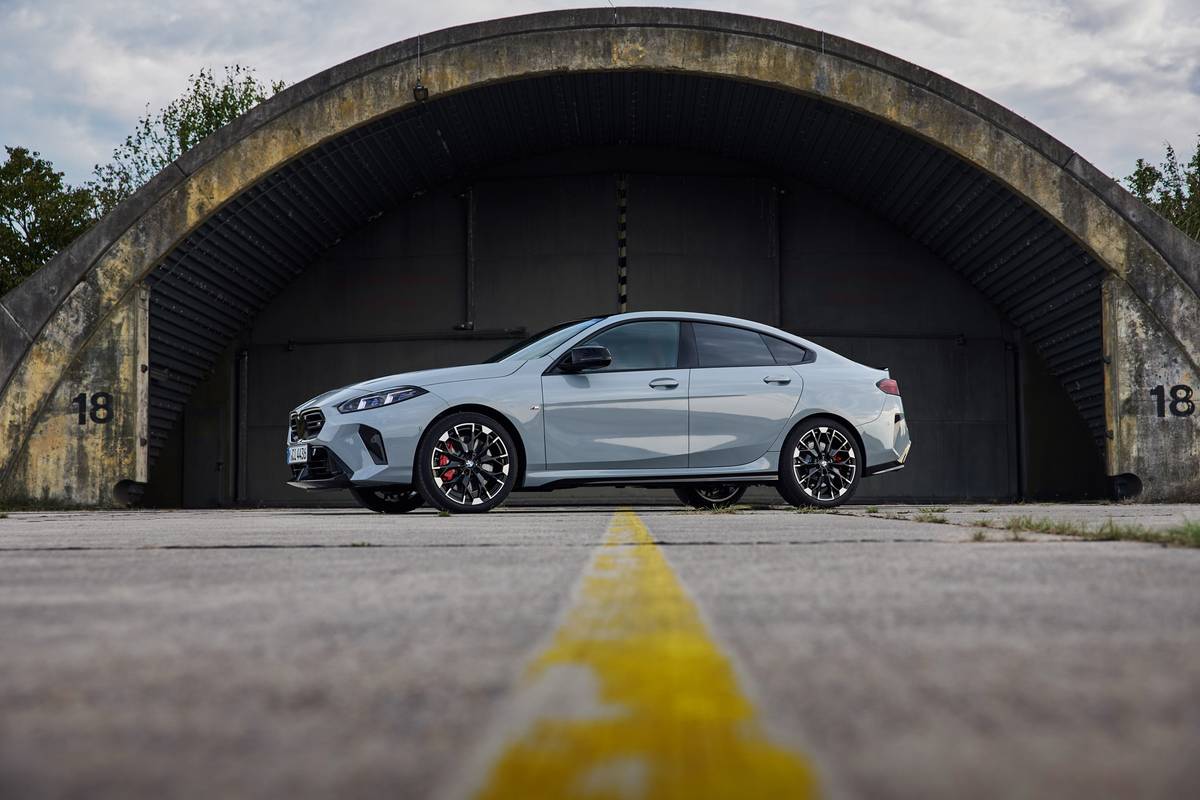The Morning Call and Mcall.com's view
As a kid, I remember arguing with friends about how it was possible that Superman could disguise himself by wearing glasses and a suit. How could people miss that Clark Kent looked an awful lot like the Man of Steel?
The same goes for the auto industry.
For years, automakers have been making the same car with subtle variations — making them into two different models from the same DNA.
Recently, I drove two newer models that have sprouted from other model’s DNA. Here’s a look at them.
Pontiac Vibe
Like the Superman villain Bizarro (who looked somewhat like Superman, but in fact was a bizarre opposite), some might consider Pontiac’s Vibe, with its expressive styling, to be the Bizarro version of the tamer-styled Toyota Matrix.
Both vehicles are five-door hatchbacks that compete with the Ford Focus, Chrysler PT Cruiser, Volkswagen Golf and Protege5. These practical, yet fun-to-drive hatches all offer a fair amount of style and handling that enhance their utilitarian purpose.
The Pontiac, like its Toyota cousin, is based on a Corolla platform and uses the same 1.8-liter double-overhead-cam in-line-four that powers the Toyota Matrix and Corolla.
The Pontiac also has an identical model line-up, with two front-wheel-drive models (130-horsepower base and 180-horsepower GT) and an all-wheel-drive model (strangely, only 123-horsepower) for inclement weather. The front-wheel-drive models can be equipped with either a four-speed automatic or five-speed manual transmission (six-speed on the GT), the all-wheel-drive model comes only with the automatic.
The interior of the Pontiac is identical to the Toyota as well, with the same excellent level of fit and finish.
The biggest difference between the Toyota and the Pontiac is the styling. The Pontiac has a much more aggressive look in the Pontiac idiom. Whether that suits is a personal choice. But if you use a roof rack a lot, you may opt for the Pontiac because it is standard equipment.
Having sampled an all-wheel-drive Toyota Matrix, I settled for a front-wheel-drive Vibe. The car’s handling was exemplary and predictable. It was outstanding at delivering a good ride, with only large craters evident.
Cornering grip was excellent as well, making the all-wheel-drive almost unnecessary. While the Vibe wasn’t as much fun to drive as a Ford Focus, it still proved quite agile. Road, tire and engine noise were well-suppressed. The front-wheel-drive version feels a lot more peppy than its all-wheel-drive cousin, but it still needs to be worked to extract power on hills.
As a hatchback, the seats folded, even the front passenger’s seat, to enable one to carry long objects. It was an easy car to love.
This was reinforced at the gas pump, where gas mileage was more than 32 mpg.
Bottom line was a tad over $19,000. Expect to pay another grand for the all-wheel-drive. That’s a real value compared to most SUVs or Crossover Utility Vehicles that offer similar function at higher prices.
Like its Toyota twin, this Pontiac sends out good vibes.
Mazda Tribute
Mazda has spent a lot money trying to tell you that its Mazda Tribute is an SUV with the soul of a sports car and faster than a speeding bullet. Actually, the Tribute’s family lineage has more to do with Mazda’s owners, Ford, than anything coming from the company that pioneered the rotary engine.
The fact is the Tribute shares its DNA not with the upcoming RX8 sports car, but with the Ford Escape.
There are three trim levels, DX, LX and ES. A 130-horsepower four-cylinder engine is standard on all models, with a 3-liter 200-horsepower V-6 available on LX and ES models. Front-wheel-drive or all-wheel-drive models are available. The Mazda competes with such models as the Honda CRV, Toyota RAV4 and new Saturn Vue.
hese cars all start life as car platforms, yet they’re clothed in SUV accoutrements. All-wheel-drive is available, yet it lacks a low-range gear and other items essential for true off-roading. The Mazda is more for those who fear foul weather.
Still, the Tribute is a tribute to both Ford and Mazda engineers. Visual differences between the Escape and Tribute are relatively minor and easy to miss. The interior shares the somewhat spartan feel of the Ford Escape, but the Tribute also shares the Escape’s handy, utilitarian size.
The 3-liter V-6 and all-wheel-drive proved to be powerful, much more so than its Asian competitors. The Tribute’s handling is tuned to be a bit sportier than its Ford cousin, with a firmer response over bumps. The all-wheel-drive system worked invisibly.
All the essentials were there as well, with folding rear seats, power driver’s seat, an AM/FM cassette/6-CD audio system along with leather and the usual power goodies.
It all came in at around $25,000. Not bad for so much utility.
Conclusion
It never really mattered why people couldn’t see that Clark Kent was Superman. Being a kid, I still loved reading Superman comics. The entertainment value is what mattered.
Whether you can distinguish the Vibe from the Matrix or the Tribute from the Escape doesn’t really matter either. If you like one, you might like the other. If there’s something that bothers you on one vehicle, it may be absent on the other. But being clones, each set shares the other’s core value as a vehicle.
Now if you’ll excuse me, I have to see how Superman’s latest battle with Lex Luthor ends.
Latest news



